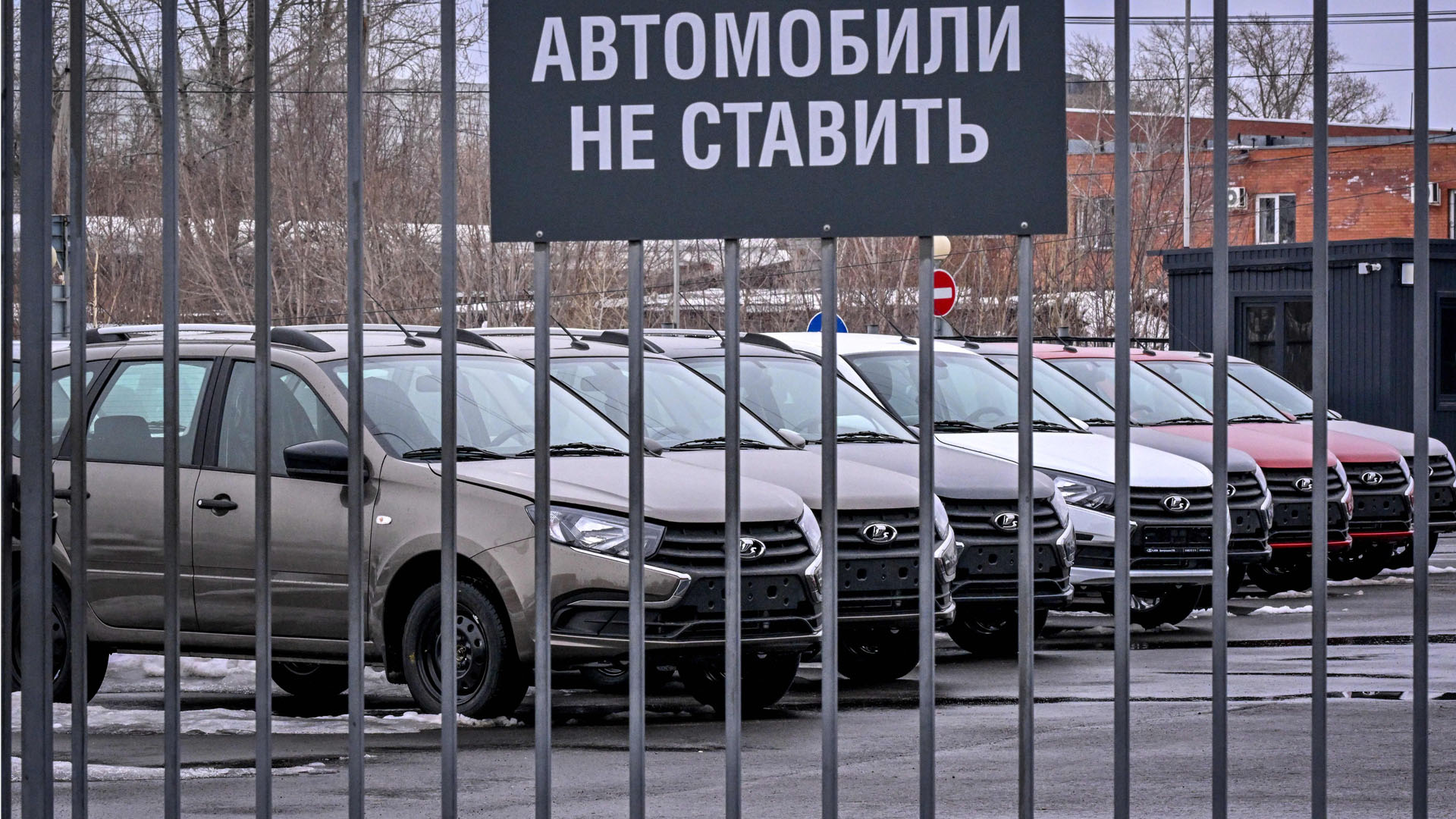

The majority of the world’s countries resisted the urge to invade Ukraine in February this year, unlike Russia. Although the war’s effects have hit the automotive industry worldwide, Russia’s auto industry found out: Things get messy if you go to war with one of your key suppliers.
As soon as sanctions hit Russia, automakers fled, with only Renault left just a few weeks after the invasion. Its exit was by the fact of owning AutoVAZ, the brand most people in the West would recognize as Lada. Renault finally departed in mid-May and after that, Russia was left with barely-there domestic production.
Despite inventing a new, ultra-basic model of Lada designed allegedly with the Russian market in mind, there haven’t been many cars made in the country. The Classic ’22 Niva entered “production” in June—a liberal definition of the word—but May was a particularly barren month, even by the low standards of the Russian car industry right now.
Passenger car production in May was down 96.7% according to figures published by Rosstat, the Russian state statistical service. (They wouldn’t be inclined to lowball them, you know.) Overall, production has dropped by more than half over a five-month average, according to the state agency.
Only 3,700 were produced in Russia in May 2022, an 81.3% drop compared to April. Compared to 268,000 passenger cars produced in the country from January to May, 56% less than the equivalent period in 2021.
The lesson here? Turns out invading Ukraine might not be the way to revive your great, national car production. Who could have predicted that getting sanctioned by pretty much every other country, even Kazakhstan which invited the Russian army in to shoot-to-kill its citizens protesting over fuel prices in January, would have consequences?
Got a story tip? Mail it in to tips@thedrive.com